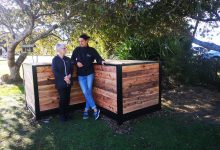Op-Ed: Why schools need to compost
Making compost usually leads to growing food.
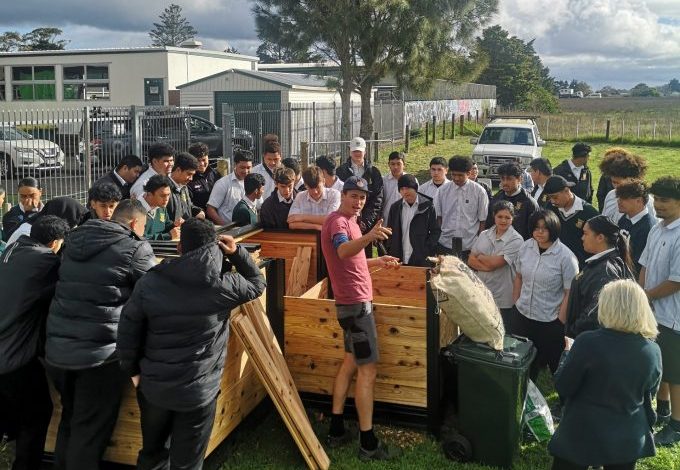
In schools, that means a fun escape from the classroom and a chance to pick up some handy life skills around food, nutrition and abundance.
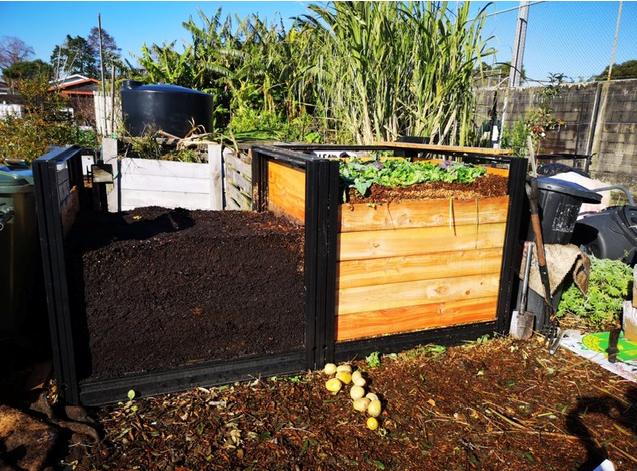
It also links with the sustainability curriculum, teaching about the interconnectedness of photosynthesis, growth and decomposition. How better to engage with that important topic than in the kitchen garden where the compost heap is cooking away; vegetables and fruit trees thrive; and the soil is spongy and moist.

In that environment it is hard to miss the cyclical nature of what is going on. The green leaves of vegetation inhale carbon dioxide and suck water from the ground. Sunshine falls on the leaves and a simple carbohydrate is formed: sugar.
This particular combination of carbon and hydrogen is a powerful creative force. It generates all life, all biomass, all food. Over time, this biomass dies and decomposes and releases carbon dioxide into the atmosphere but mostly the composting biomass resolves itself into a carbon and nutrient rich compost. The carbon compounds in the compost give the soil a porous carbon structure that holds water so that plants and trees can thrive and photosynthesise even through dry periods.
In this way the constant repetition of the cycle of photosynthesis, growth and compost generates a net flow of carbon out of the atmosphere and into the soil. That allows the soil to become deeper, more fertile, more resilient and more water retentive. It supports thriving crops, increased vegetative cover, photosynthesis, biomass, biodiversity, and drawdown of carbon dioxide. It is the cornerstone of a sustainable food system.
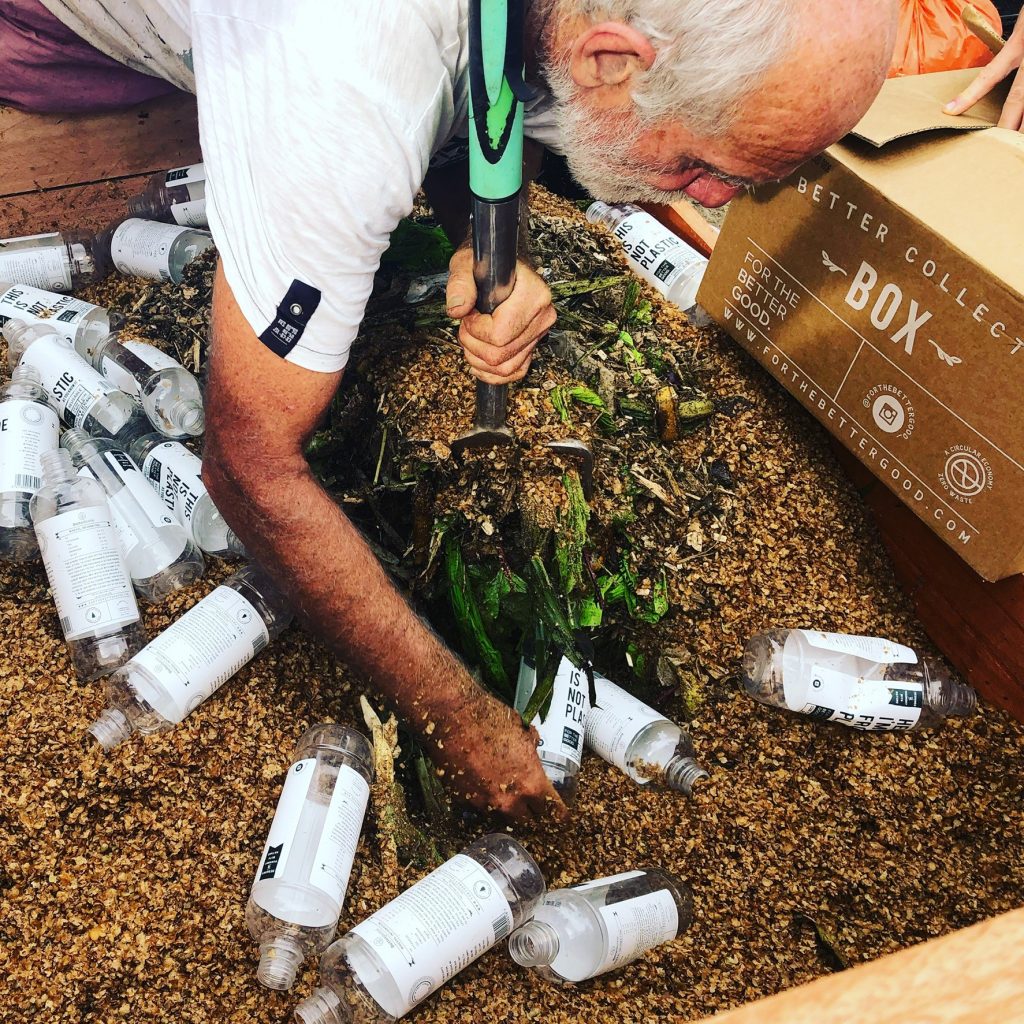
There is however a problem. The increasing use of synthetic nitrate fertilisers in agriculture in the past 70 years has more than doubled the natural levels of nitrates in the biosphere. This would likely reverse the effect of the carbon cycle and result in a net flow of carbon from the soil to a build-up of carbon dioxide in the atmosphere.
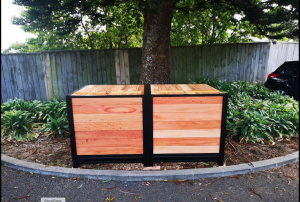
As we have observed, the biosphere basically does two things; it generates organic compounds and decomposes them. It is just like a large compost heap! We know that doubling the amount of nitrogen in a compost heap would result in most of the precious carbon in the compost heap disappearing into the atmosphere as carbon dioxide. No custodian of the soil would squander soil carbon in that way.
This really just adds weight to what we already know: that the way we feed ourselves comes with a heavy and unsustainable carbon footprint. We need to find a way to remove carbon emissions from our food and at the same time use food to restore massive quantities of carbon to the soil. Schools can play a big part in making this happen.
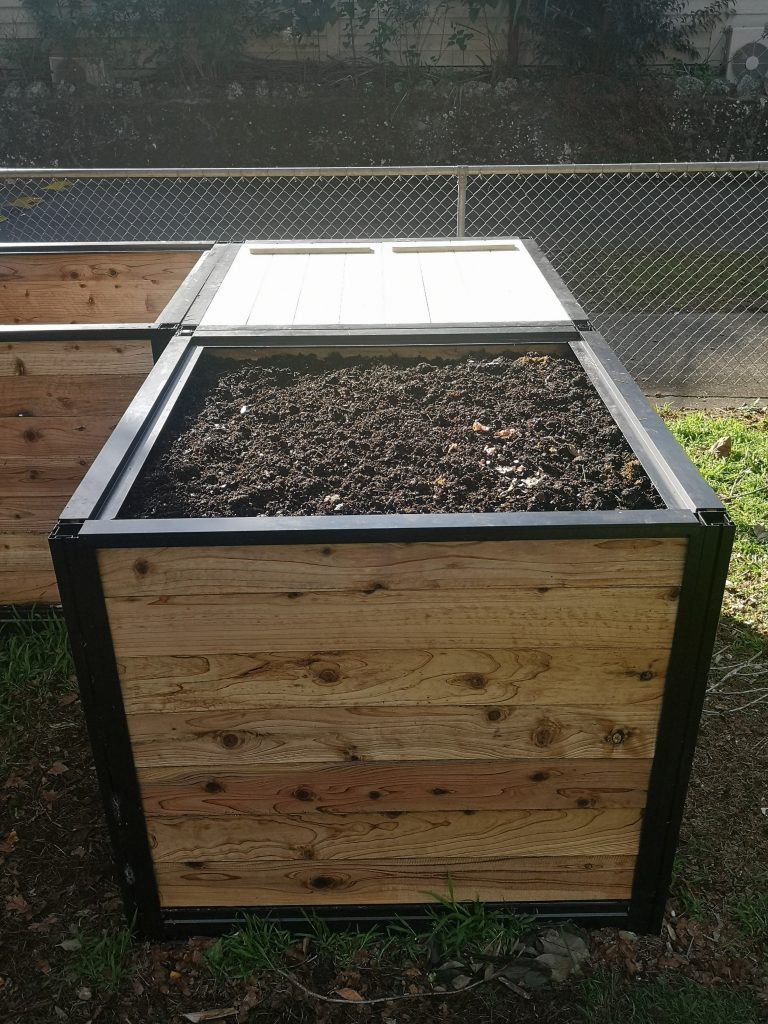
Composting food and green residues in schools diverts food waste from landfill, turns it into soil carbon and into local food for local consumption. All food grown with compost in that way sequesters rather than emits carbon, eliminates the carbon cost of synthetic fertilisers, eliminates the oil cost of transporting food from where it is grown to the consumer and of transporting food ‘waste’ from every household every week to a centralised processing facility and importantly it avoids methane emissions from landfill.
These are all contributions that every school can make and educators can take the lead in modelling and normalising sustainable food practices.
\








